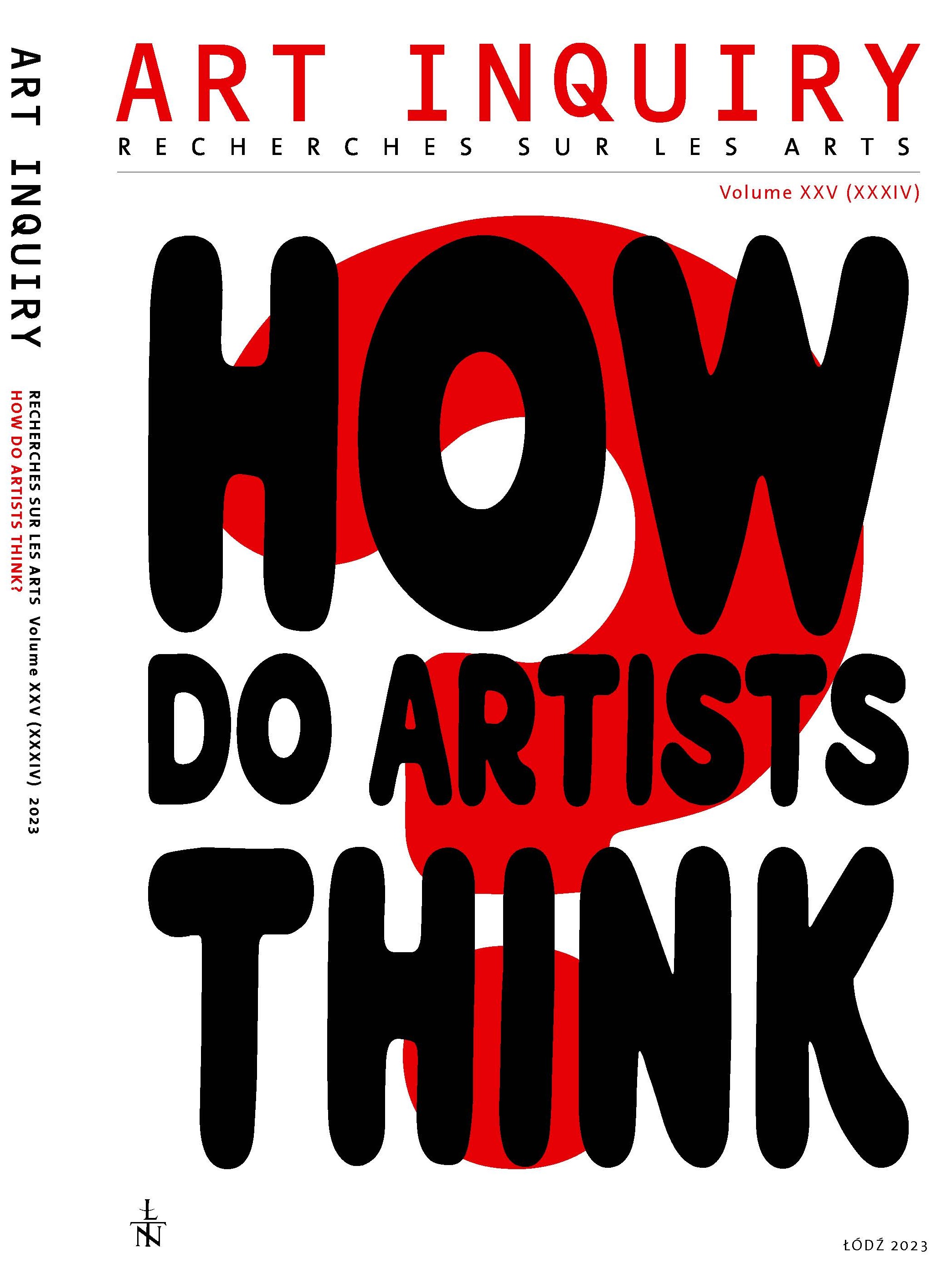A Journey to Areas of Non-obviousness. Jerzy Bereś, Zbigniew Warpechowski and the Beginnings of Action Art in Poland
DOI:
https://doi.org/10.26485/AI/2023/25/15Keywords:
neo-avant-garde, happening, performance art, art and body, visual manifestationAbstract
There is no doubt that the transitional period of the 1960s and 1970s is now considered to be a time of radical changes in the visual arts. The transformation of that period aimed to clarify the role of the art form within artistic creations and it gradually became of pivotal importance to understand the meaning behind the artist's creative endeavour. It also impacted the presence of artworks in society, shifting the focus to conceptualizing the artistic situation, blurring the boundary between the artist and their work, and making the audience receptive. Jerzy Bereś and Zbigniew Warpechowski were among the most prominent representatives of the Polish neo-avant-garde movement who represented this distinctive artistic ethos. The paper presents the beginnings of their work and the ramifications of their public appearances, thereby expanding the concept of art.
References
Bereś J., Wstyd. Między przedmiotem podmiotem, Otwarta Pracownia, Kraków 2002.
Biedermann H., Słownik symboli, Muza SA, Warszawa 2005.
Dziamski G., Sztuka u progu XXI wieku, Wydawnictwo Fundacji Humaniora, Poznań 2002.
Hanusek J., Krótka biografia Jerzego Beresia, [in:] Jerzy Bereś, Sztuka zgina życie / Art Bends Life, Galeria Współczesna Bunkier Sztuki, Kraków 2007.
Markowska A., Definiowanie sztuki – objaśnianie świata. O pojmowaniu sztuki w PRL-u, Wydawnictwo Uniwersytetu Śląskiego, Katowice 2003.
Nader L., Konceptualizm w PRL, Wydawnictwa Uniwersytetu Warszawskiego, Warszawa 2009.
Pawłowski T., Wartości estetyczne awangardy, [in:] Item, Wybór pism estetycznych, ed. G. Sztabiński, TAiWPN Universitas, Kraków 2010.
Ronduda Ł., Sztuka polska lat 70. Awangarda, Centrum Sztuki Współczesnej Zamek Ujazdowski, Warszawa 2009.
Ł. Ronduda, Polish Art of the 70s, Polski Western Jelenia Góra, Center of Contemporary Art – Ujazdowski Castle, Warszawa 2009.
Warpechowski Z., Zasobnik, Słowo/obraz terytoria, Gdańsk 1998.
Warpechowski Z., Zasobnik. Autorski opis drogi życia poprzez sztukę performance, Centrum Sztuki Współczesnej Zamek Ujazdowski, Warszawa 2022.
Warpechowski Z., Wolność, Mazowieckie Centrum Sztuki Współczesnej „Elektrownia” w Radomiu, Radom 2009.
Włodarczyk W., Socrealizm, Wydawnictwo Literackie, Kraków 1991.
https://beresfoundation
Downloads
Published
Issue
Section
License

This work is licensed under a Creative Commons Attribution-NonCommercial-NoDerivatives 4.0 International License.



